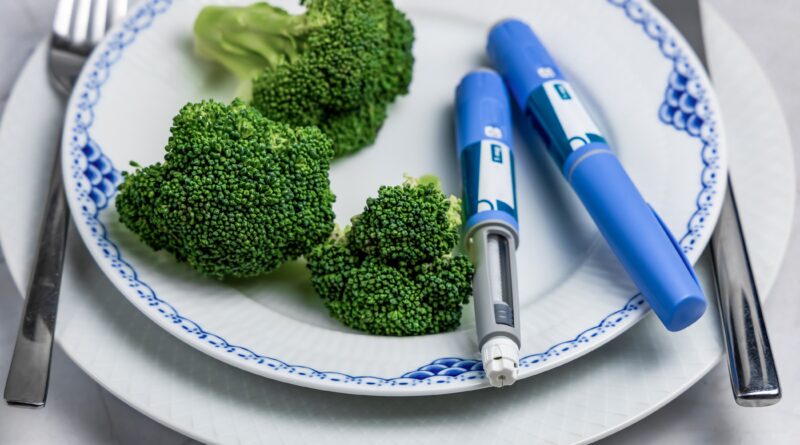Injectable Weight Loss Drugs Spur Loss and Opportunity
People taking GLP1s, the class of injectable medications used for weight loss, aren’t the only ones losing since the drugs burst on the scene three years ago.
According to a Morgan Stanley Research AlphaWise survey conducted in February of this year, consumer spending has dramatically decreased in general grocery shopping, take-out and delivery, and dining at restaurants.
Background
GLP1 stands for Glucagon-like Peptide-1, a peptide hormone that slows the movement of food from the stomach into the small intestine which helps suppress appetite, meaning the patient feels full faster and longer. As a result, they eat less.
1984 – GLP1s were first discovered as a treatment for Type 2 diabetes.
2005 – The first GLP1 was approved by the FDA for the treatment of Type 2 diabetes.
2014 – Saxenda is the first GLP1 approved by the FDA for weight loss.
2021 – Wegovy is the first GLP1 approved by the FDA for weight loss, Ozempic is approved by the FDA to treat Type 2 diabetes, not weight loss.
2023 – Zepbound is approved by the FDA for weight loss.
2018-2023 – 300% increase in prescriptions for GLP1s.
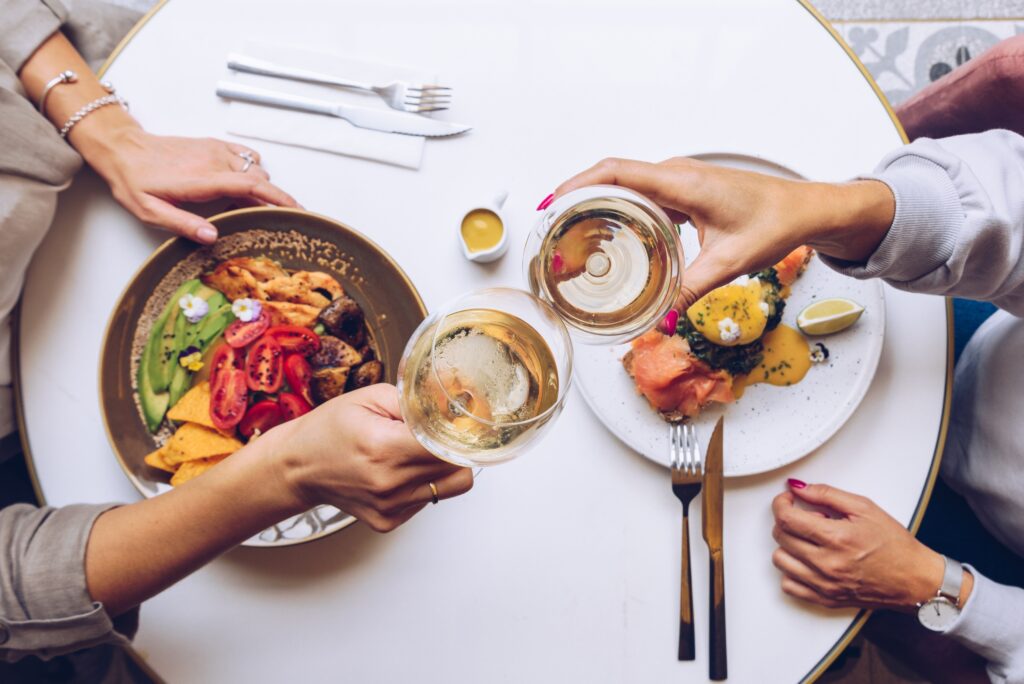
Dallas Diners “On the Shots”
I interviewed 10 local men and women who are or have recently taken Mounjaro, Wegovy, Zepbound, or Ozempic. Each requested anonymity but were generous to share their personal experiences with me.
One woman said that she and most of the women in her social group are all “on the shots,” and are thrilled with the results. “It’s a cheaper, less invasive mommy makeover,” she said.
Whether it’s taken to lose that stubborn last 10 pounds or to dramatically improve one’s overall health, the motivation behind taking GLP1s or the amount of weight lost isn’t material to this story. It is more so the impact this class of drugs is having now and will continue to have on the local dining scene.
Before and After
Ninety percent of the people I interviewed said their monthly visits to restaurants or home delivery of restaurant food has decreased by up to 75%. One respondent reported dining out 20 times per month, and now only four. Only one respondent said they eat out more frequently. “I don’t want to cook anymore. I can’t stomach it. I love food, still get hungry but eat less.” Dining out is the workable solution for the entire family.
Most, but not all, people I spoke with report ordering less food and alcohol at meals.
“Before taking a GLP1, I’d order an appetizer, a soup or salad, an entrée, share a dessert, and have two-three alcohol beverages, one interviewee said. Now, I’ll have a salad and appetizer or entrée, one or two drinks and almost always leave with leftovers.” Another said they never order dessert anymore and now split an appetizer and an entrée.
For others, taking the medication hasn’t dramatically changed how they order, but it is lowering their average checks.
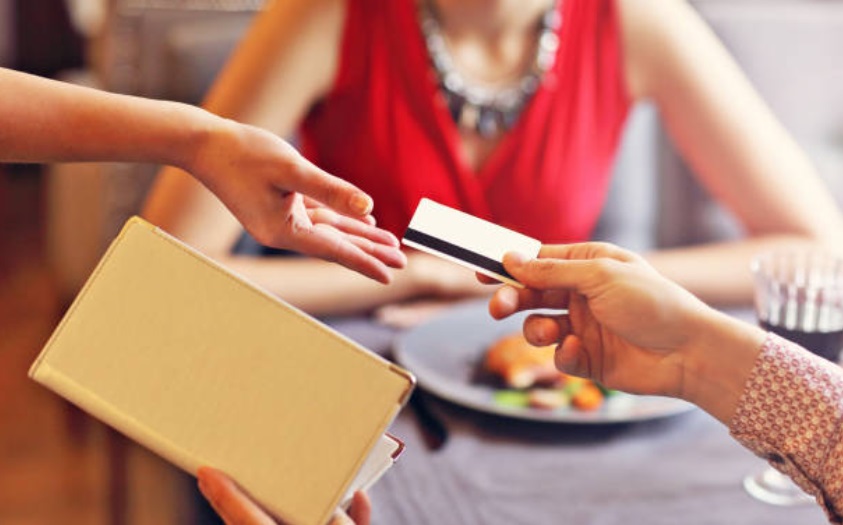
“For years, our approach to dining has been ‘shared plates.’ We choose what looks good from the appetizer, entree, and dessert sections and then share from them as they arrive at the table. I find this approach works beautifully while taking Ozempic; I can have just a bite or two of everything. I don’t feel overwhelmed by an overly large serving, and since everyone at the table is sharing, I don’t feel like it’s obvious I am eating a reduced amount. I often have a drink or two with my meal — an amount that hasn’t really changed since before taking Ozempic.”
Less is More
With the inevitable weight loss that comes with taking GLP1s, diners I spoke with aren’t sacrificing their “pleasure foods” for “diet foods,” they just eat less of them.
“I will never not eat queso or Tex-Mex. It’s in my DNA. I just have a few chips, a few bites and then I’m full. Food that’s greasy or rich fills me up fast,” one like-minded interviewee told me. Another said, “I eat what I want because I’m not eating much.”
As with any sustainable “diet” or eating plan, fresh veggies and lean proteins are ideal. One person who has been taking the drug for 15 months has adopted a healthier diet.
“I have definitely taken this time to try to establish some better food choices by trying to focus more on protein and veggies but have still been able to enjoy my pleasure foods, just in smaller quantities. I realize now how much better I feel with the better choices.”
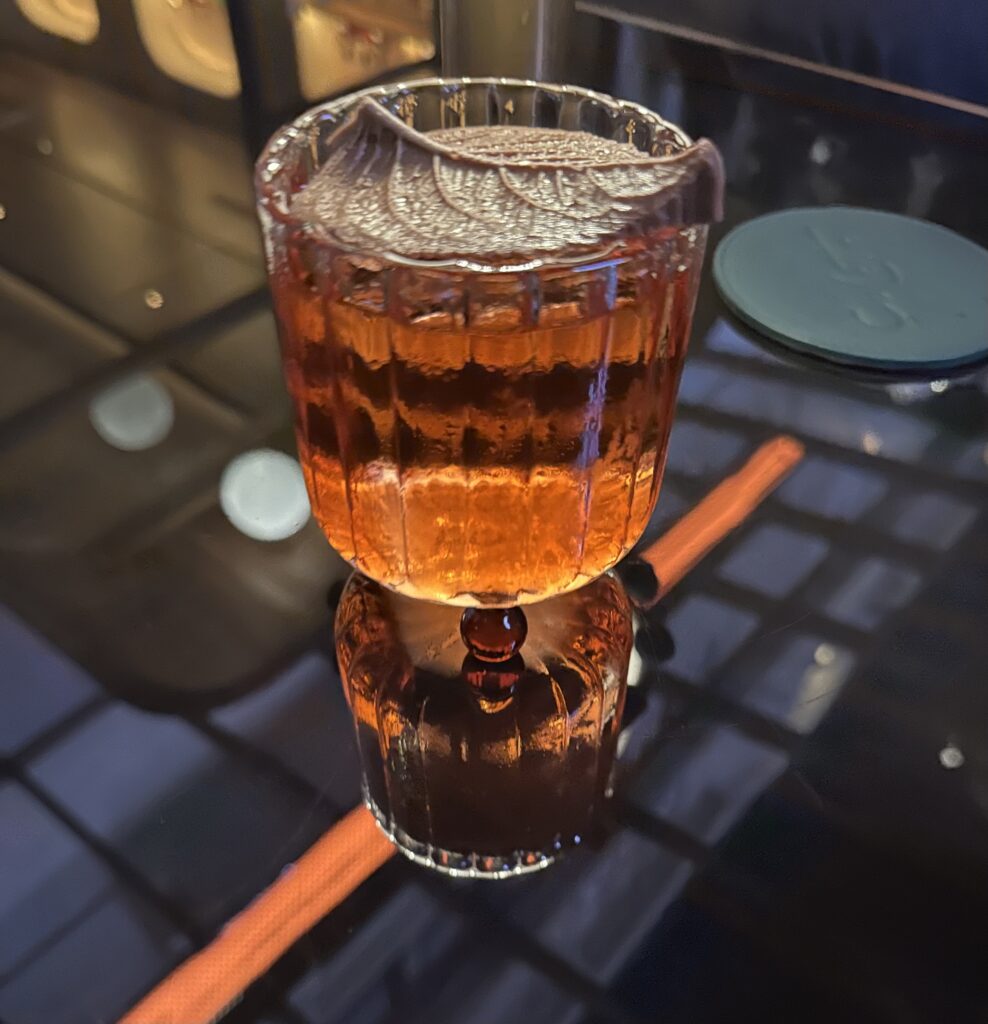
When asked about GLP1s’ effect of their alcohol intake, every respondent said it’s decreased. Unfortunately for the many cool cocktail bars in Dallas, none of the people I interviewed have visited a cocktail bar since taking the drug.
Not surprisingly, people taking this class of drugs are spending less on food and beverage. Anecdotally, the folks I interviewed reported spending much less on dining out and take-out/delivery.
Morgan Stanley’s research supports this as well.
63% of survey participants spend less each month at restaurants.
61% report spending less on take-out/delivery.
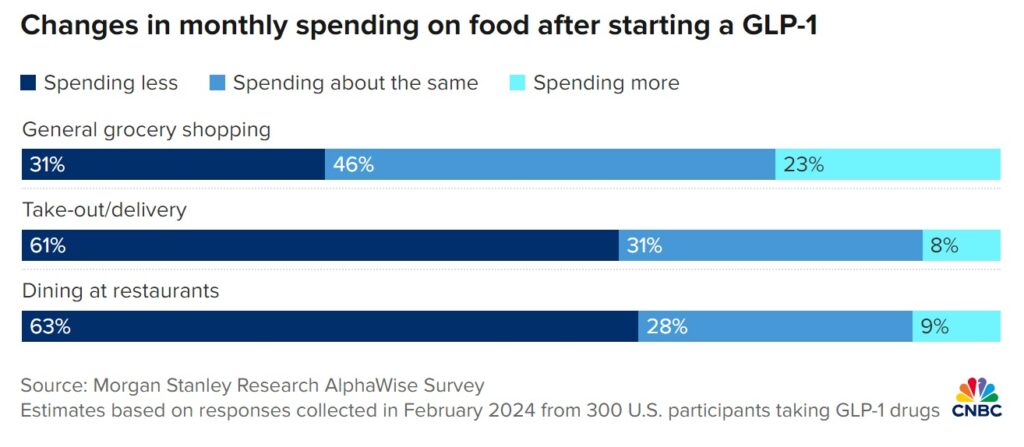
The Impact on Restaurants
What does this mean for restaurants, dining culture, and vendors?
Fortunately, we live in a socially vibrant community with many beautiful restaurants that offer more than food and beverage. None of the people I interviewed reported feeling uncomfortable at restaurants with others who are eating and drinking more.
“Sometimes a server will ask me if there was something wrong with the meal because I didn’t eat much,” one person said. Another source said they order as they normally would in group dinners and just take most of it home.
Every diner I spoke to was cognizant of the need for restaurants to make money and servers to earn tips. Lower average checks mean lower revenue and tips. “I feel bad for taking up a table when I used to spend $150 at diner and now it’s $75 or $90.”
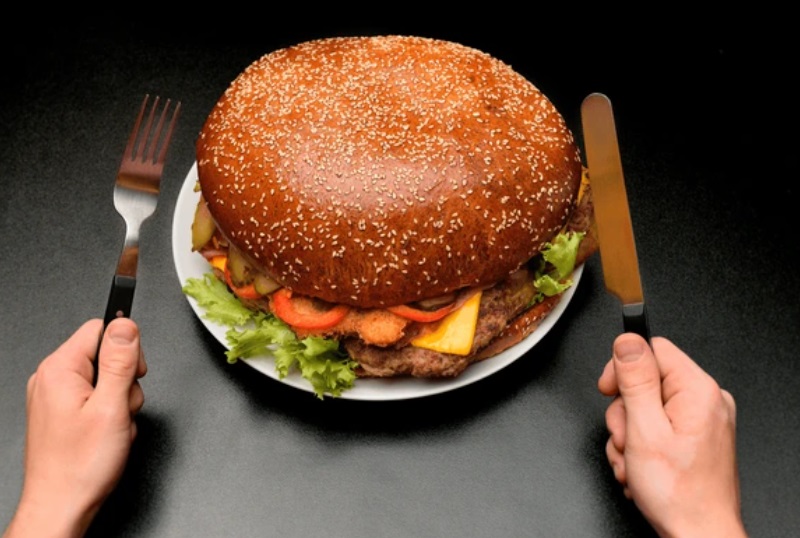
Restaurant portions have increased and everyone I interviewed said that even before they were on a GLP1, they thought portions were too large. Agreed. Many also wished restaurants would offer tapas-style dining so they can order a wider variety of smaller plates with “main dish” style food rather than simply ordering appetizers.
I reached out to representatives of 20 local restaurants and not a single one of them wanted to participate in this story.
Here to Stay
GLP1s are proven to offer health benefits and are here to stay. Are they a fad or a trend? Experts in nutrition and the economy agree that it’s a trend and the food world will have to adapt accordingly.
Morgan Stanley’s research predicts that by 2035, 31.5 million people, or around 9% of the U.S. population, will be on GLP1s. The outlook for consumer-packaged goods such as ice cream, cookies, candy, sodas, salty snacks, and beer is for sales to decline as much as 5%.
GLP1s’ impact on food production, distribution, sales, and consumption is real and it will increase as more Americans see them as paths to healthier lives.
Thanks to the folks who shared their experiences with me for this story. I appreciate your trust.

